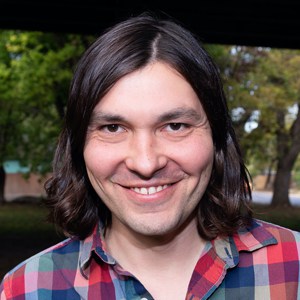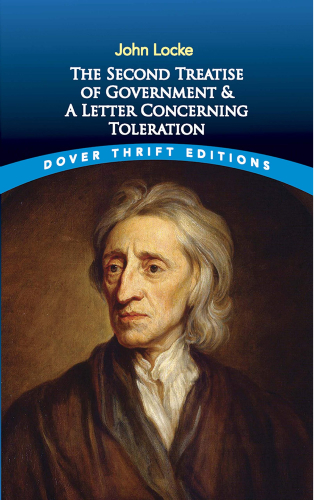He asked himself why he of all living beings should be singled out to possess an identity that made him very like the stars.
Ibn Tufayl'
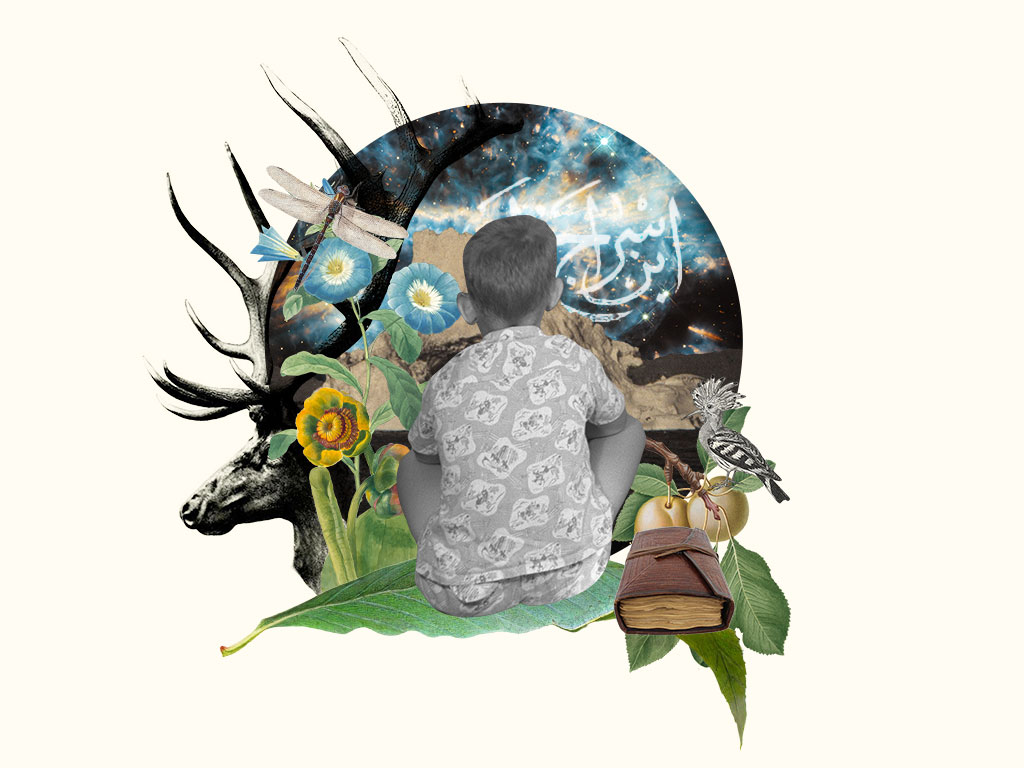
Hayy ibn Yaqzān
Ibn Ṭufayl'
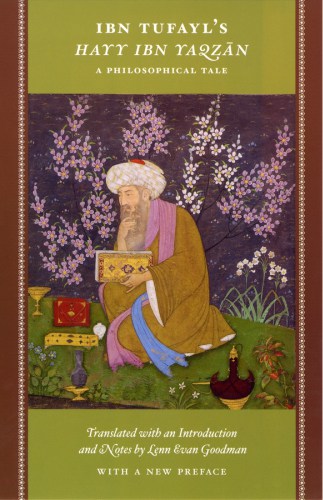
Ṭufayl, Muḥammad, and Lenn E. Goodman. Ibn Ṭufayl's Ḥayy ibn Yaqẓān: a philosophical tale. Chicago London: The University of Chicago Press, 2009. Print. ISBN: 978-0-226-30310-9
Ibn Tufayl was a 12th-century Islamic philosopher who was a trusted advisor to several Andalusian courts on matters ranging from medicine to astronomy.
His work, Ḥayy ibn Yaqẓān, explores what human understanding might look like, absent the influence of society and religion. The text follows the physical and spiritual development of Hayy, who was born on an island secluded from the rest of the human world. Rather than becoming more animal-like though imitating the only living beings he associates with,Tufayl posits that Hayy’s distinct humanity will emerge through a scientific investigation of the natural world, prompted by a gripping encounter with death. His inquiry into the nature of things leads him to wonder at the nature of being itself, which points him to the origin of all Being, God. With Hayy’s spiritual awakening, Tufayl suggests that it is the natural end of all human beings. Without ever reading revealed scripture, Hayy lives his life as if he were a devout follower of its words. Tufayl’s thought experiment implores us to consider if the corrupting influence of society is what prevents us from being what we were each meant to be.
Why This Text is Transformative?
...students may begin to wrestle with some of the deepest and most persistent questions human beings have asked.
Ḥayy ibn Yaqẓān, literally “Alive, Son of Awake”, raises many fundamental questions: What is life and how does animal life differ from that of plants and inanimate objects and why? Where did everything come from, and how did that happen? Why am I asking these questions and how/do the conclusions I draw here affect my life and the decisions I make? Asking these questions along with Hayy, students may begin to wrestle with some of the deepest and most persistent questions human beings have asked. Following Tufayl’s narrative provides an opportunity for students to become awake and alive to these questions.
A Focused Selection
Study Questions

Pg 95-127
This first section of the text follows Hayy from birth to young adulthood. It’s focus is on Hayy’s investigation of the natural world. This part of Hayy’s story begins on page 103 and ends on page 127, just before he moves from investigating the natural world to an investigation of the stars and planets.
1) How does Tufayl’s analogy of sunlight on objects on page 107 help explain his understanding of how non-living, plant, animal and human beings differ? How do Hayy’s investigations later in the text lead him to a similar conclusion?
2) On Page 114, Hayy concludes that the body “now seemed something low and worthless compared to the being he was convinced had lived in it for a time and then departed.” What specifically did he learn in his investigations that brought him to this conclusion? What was your experience like the first time you saw a dead human body, if you’ve had one?
3) While understanding of human physiology has advanced quite a lot in the 900 years since this text was written, human consciousness and our awareness of self remains rather mysterious. What exactly is the “I” that is you? How do you know that you are? What are you doing when you feel that you are most “you”? What are you doing when you feel the least aware of yourself as “yourself”?
4) What brings Hayy to the understanding that the being of both living and nonliving bodies is “made up in the same way of corporeality plus some factor or factors.” Tufayl’s notes that this is Hayy’s “first glimpse of the spiritual world.” What are the “factors” to which he is referring?
Building Bridges
It is not well understood how influential this text was upon enlightenment thinkers like Locke, who also drew philosophical conclusions about the nature of human beings based in part on a thought experiment inquiring into our natural state. However, we do know that the text was available to enlightenment thinkers in both Latin and English translations. While several of them conclude that man’s natural condition points them to the rational acceptance of society as protection from an inherently hostile and malevolent nature, Tufayl suggests the opposite; nature prompts human reason to philosophical inquiry about and meditation upon God, which is the purpose of human existence. Reading Locke’s Second Treatise or Hobbes’ Leviathan along with Ḥayy ibn Yaqẓān is bound to invite excellent conversation on comparing these these two perspectives and wondering what our world would be like if Tufayl’s vision had been as influential as Locke’s and Hobbes’.
Supplemental Resources
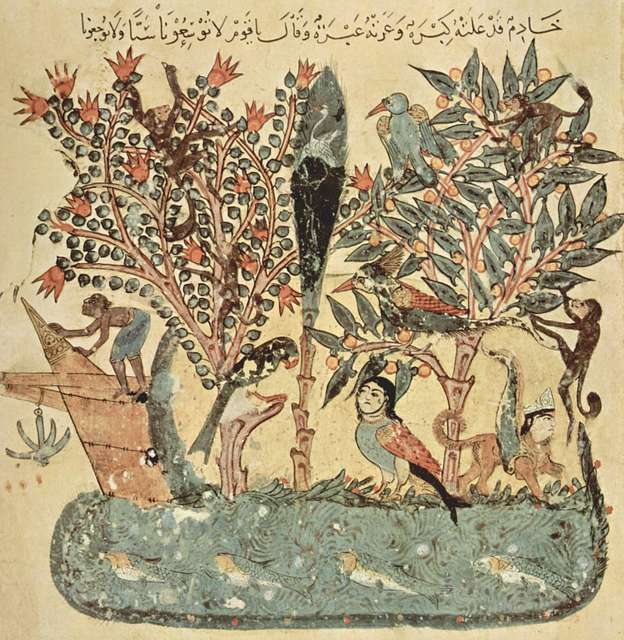
Columbia University in the City of New York
Text Mapping
Discipline Mapping
Area Studies
Humanities
Philosophy & Religion
Page Contributor
